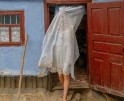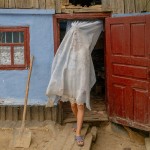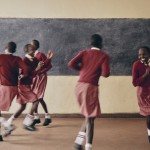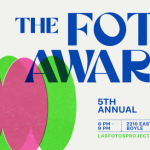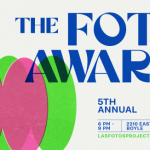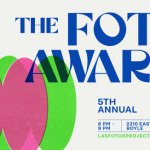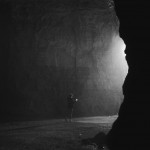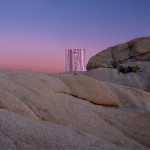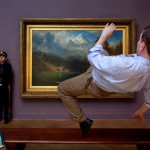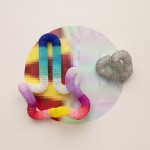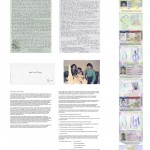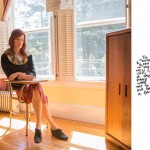2022 Hearst Journalism Awards: Jack Weaver: 2022 Finalist Photo Championship

©Jack Weaver, Brian Belknap, a one man band musician, laughs as Martin, 5, asks about his gold dental crown. Belknap said that interactions like these are the reason he loves playing on the streets. “That won’t happen in a nightclub,” he said.
This week we are celebrating photographers who have received a 2022 Hearst National Championship Award. Today we focus on National Photojournalism Championship 2022 Finalist in Photo, Jack Weaver, from University of Kentucky who received a $1500 scholarship and Hearst Medallion. The Story Promp was Individual expression and the Californian Dream.
The Hearst Championships are the culmination of the 2021 – 2022 Journalism Awards Program, which were held in 103 member universities of the Association of Schools of Journalism and Mass Communication with accredited undergraduate journalism programs. From May 20 – 25, 2022, 29 finalists – winners from the 14 monthly competitions – participated in the 62nd annual Hearst Championships in San Francisco where they demonstrated their writing, photography, audio, television and multimedia skills in spot assignments. The assignments were chosen by media professionals who judged the finalists’ work throughout the year and at the Championships.
Born and raised in St. Louis, Jack moved to Lexington, Kentucky, to attend the University of Kentucky, where he is currently in his second year of studies. Jack is the managing editor and photo editor of the Kentucky Kernel, UK’s independent student newspaper. Jack is available for freelance assignments. His Collegiate Photojournalism Awards include 2022 Hearst Journalism Awards Photojournalism National Championship Finalist, 2021 Associated Collegiate Press Sports Action Photo of the Year (First Place), 2021 Associated Collegiate Press News Photo of the Year (Second Place), and the 2021 Kentucky Press Association Best Breaking News Picture (First Place).
Follow Jack Weaver on Instagram: @jweaverphoto
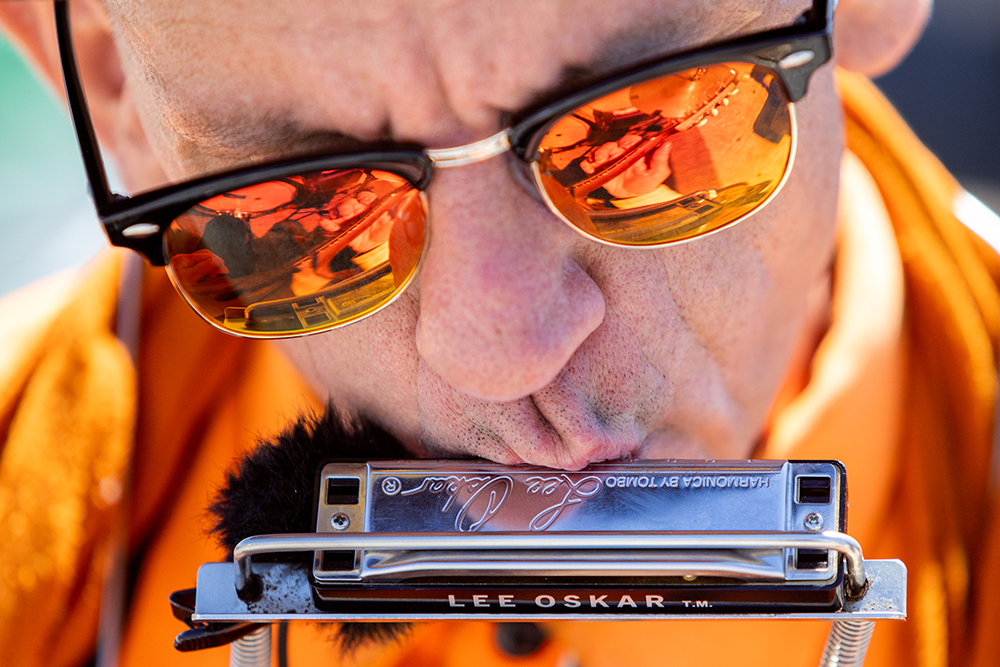
©Jack Weaver, Brian Belknap simultaneously plays a harmonica and a guitar while performing for people passing by at Ferry Plaza. Belknap says there’s so much love on the streets, something he’s enjoyed seeing return after it disappeared in the height of the pandemic.
When streets emptied as the pandemic began, those who expressed themselves among the crowds passing by no longer had the audience, customers or friends they once did. Some adapted, while others halted what they love. But while the streets died, dreams didn’t. Now, as the streets of San Francisco come alive again, individuals are embracing life as it was pre-pandemic, finding joy in the ability to take back their dreams and express their inner selves. The California Dream is different for everyone. But the streets, bustling once again, are one common factor bringing people together.
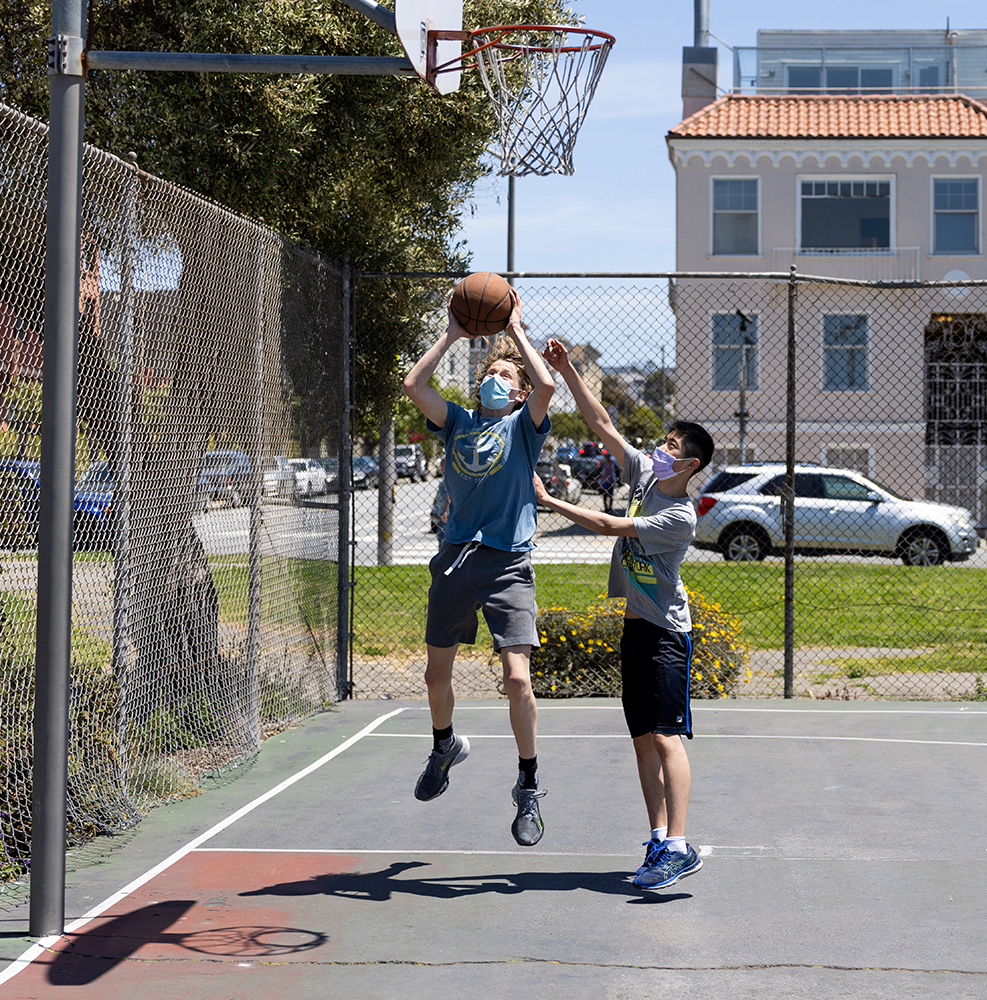
©Jack Weaver, Shepard Peterson, 15, shoots a basketball while playing with his friend, Joshua, 14, at a park on Laguna Street. Joshua isolated himself from the public during the height of the pandemic to avoid becoming sick. Now, Joshua and Peterson are thankful for the opportunity to express themselves out in their community.
Judy Walgren: Hi Jack! Can you tell us where you are from, where you are going to school and how you came to photography?
Jack Weaver: I’m from St Louis and I’m going to be a junior at the University of Kentucky in the Fall 2022. I joined my high school journalism staff my freshman year of high school. I was doing all the video my first two years of high school and then we had our last photographer graduate and they needed someone to step up and be a reliable photographer who could shoot manual and handle things. And so, the summer after my sophomore year of high school, I taught myself how to do still photography using YouTube and then during my two years of high school, I got better at it.
When I came to the University of Kentucky, I started shooting for the Kernel, the university newspaper, on my first day of the school year. In the Spring semester my freshman year at UK, I was promoted to assistant photo editor and then for my sophomore, I was named managing editor and photo editor and those are the positions I hold now.

©Jack Weaver, Bikers ride along San Francisco Bay Trail during a SE Bikes Rideout, an event where hundreds of bikers from around the country gather to bike through the streets together. Rideout events are held in cities across the world.
Judy: How did you get started working there?
Jack: For the Kernel, I think it probably had a lot to do with the pandemic, because I started in the middle of a pandemic and our numbers in terms of writers and photographers were very low. We actually only had one other photographer on staff, and he was also the photo editor.
The way students join us is we give them a couple of tests assignments–things that if they mess up it’s okay–we’re not sending them to like important events then we can see what they’re good at and actually interested, and that’s the application process. So you shoot a couple of assignments bring them back to the photo editor and the photo advisor David Stephenson to look them over.
If you keep shooting, we know you’re committed and will make you better. It’s a learning ground at the Kernel.

©Jack Weaver, Cash Gonzales, 13, does a wheelie on his bike during a gathering at a park along Beach Street near Ghirardelli Square. While Gonzales’ dream is to play basketball in the NBA, he enjoys riding his bike as a way to take his mind off everything else. During the height of the pandemic, he took a break from biking. Now, he says it is “fun and exciting” to bike with others.
Judy: So why photojournalism? What was it about photojournalism that drew you in?
Jack: When I started doing journalism in 2016, my freshman year of high school, I just really liked the idea of telling stories using my camera, at that time, with video. One thing that I loved about high school journalism were the perks of it. I thought it was really cool being on the court for games, on the floor of the gym for assemblies, interviewing the principal—I made a lot of great connections. I just kind of fell in love with journalism. I just loved the ability to put stuff together that otherwise no one would see or was expecting from their high school journalism staff.
When I started doing photography, I wasn’t sure I was going to like it because II was so used to video. But I really did like it and I liked sharing my stuff through photography more than I did video. I see engagement with photos higher than with videos and I think that’s probably because of accessibility—people will scroll past photos more than they will click on a video and sit through it. So, I think that drew me to stills more. I felt like people would see a photo, appreciate it and move on more than they would see a video, click on it, stay for it and move on. I like the technical side of photography for some reason, more, as well.
I think another thing that I liked about photography was in high school we didn’t have a lot of photographers, but we had a decent staff of videographers and I liked devoting my time to learning something that other people weren’t.
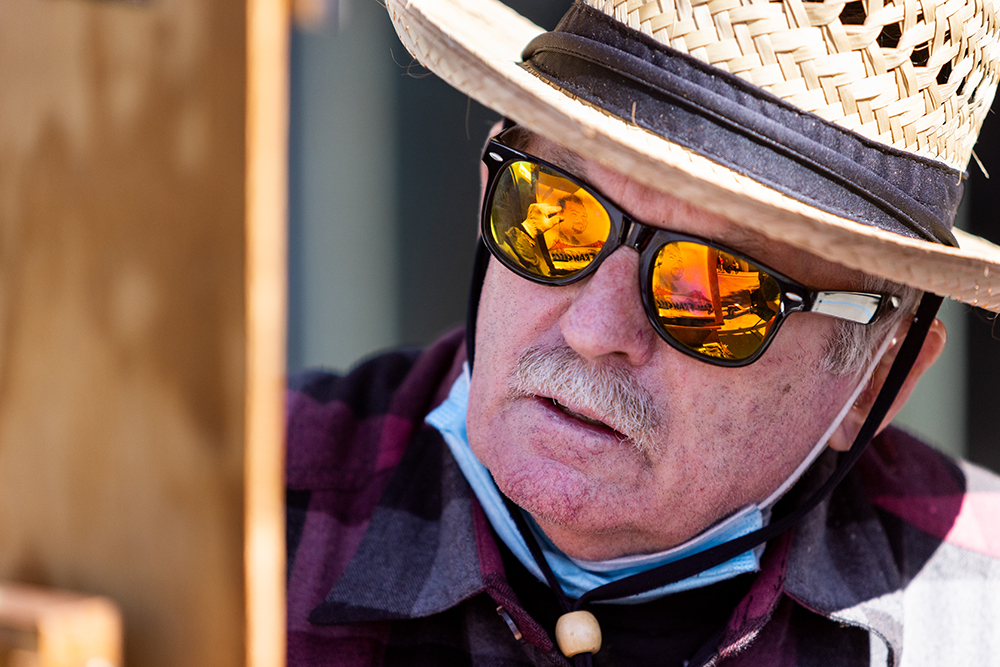
©Jack Weaver, Cosmo, a street artist who has done over 200,000 caricature drawings since he started in 1980, colors in a drawing for a customer using chalk pastels. Fifty years ago, he had dreams of selling fine art in galleries. Now, at 75 years old, he’s focused on surviving. Working on the streets, he says he is treated like royalty by some people and treated like crap by others.
Judy: That is super interesting to me because at my age, it was the opposite—video wasn’t really an option when I was coming up – at least not in a usable form. But on the other hand, video was super prevalent for you—given Snap and TikTok and other social media platforms. And going back a step—to the foundations of still photography—sounds like it was helpful. You were able to create more of a foundation for visual storytelling—could that be possible?
Jack: Yeah, and I think I saw photography as being a bit more challenging in terms of having to capture that moment. And I really liked just changing things up and doing something new. It was somewhere around that time that we started using a drone a lot more—that was also something new that I thought was fun. When I started photography, I taught myself using YouTube one summer and that was the extent of what I knew. I was not good at it and I was determined to get good at it.
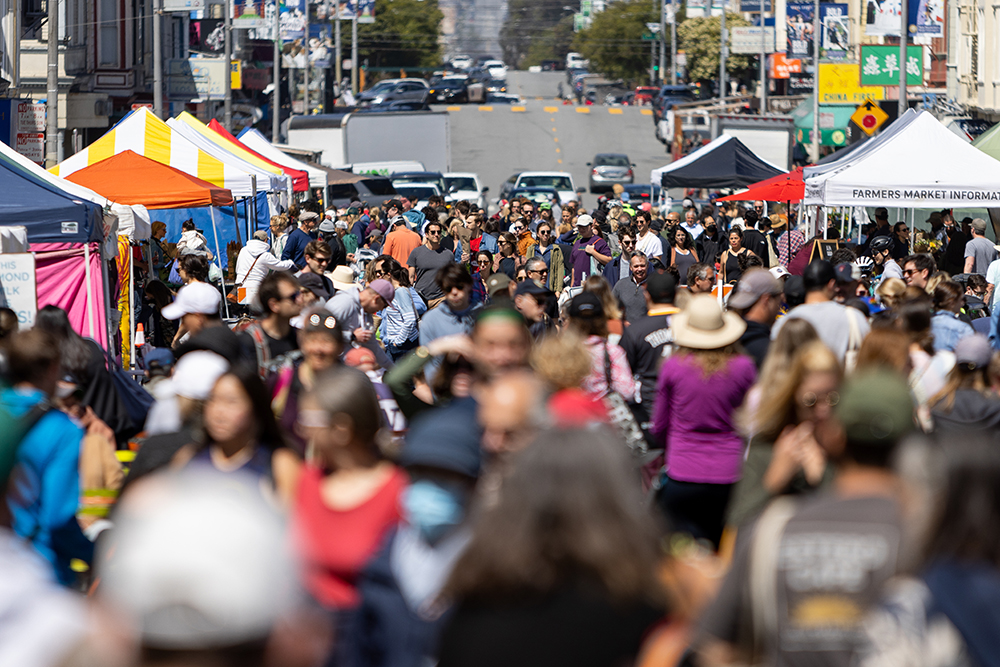
©Jack Weaver, Clement Street comes alive as San Franciscans attend a farmers’ market on a sunny Sunday afternoon. This weekly market allows business owners to connect with their community and attain dreams they have for their business.
Judy: Are there photographers whose work you admired when you were teaching yourself, or whose work you follow now? Are there any influential photographers for you who you’d like to mention?
Jack: Yeah 100%—when I was in high school in St Louis the two photographers for the St Louis Post Dispatch that we’re totally my idols and I was obsessed with their work were David Carson and Robert Cohen. I actually had the opportunity last summer to shadow Robert for a day and he’s a great guy. It was a really cool experience. I found them on Twitter and I think I was
one of their first likes every time they’d post. I just love seeing their stuff and feel like whatever they go out and shoot—it’s like they just nail it every single time. I think that is so cool. They are always creating work that makes me go, “Whoa.”
And then when I came to Kentucky, the photo editor at the time—he actually just graduated, and his name is Michael Clubb and he was definitely a mentor for me, he was very talented, especially with sports photography. So, it was very cool to learn from him because he was the photo editor while I was the assistant photo editor and he was art director, while I was photo editor. We were good friends and he was definitely a mentor to me.
He just graduated from UK he is now interning with the {Lexington Herald-}Leader, and then the other person that was a role model for me was Alex Slitz he just moved to the Charlotte Observer, but he was the chief photojournalist for the Lexington Herald-Leader for a bit of time and his work was another person who every time you see you’re like, “Of course he got that shot!” We would shoot a lot of the same stuff whether that was news in Lexington or UK basketball, or any of the UK sports events, and every time there’d be the peak play of the game and everyone’s like, “Oh, did I get it?” and of course Alex got the coolest shot of it. And he would probably say otherwise. He’d probably tell you that he missed millions of shots but it seemed like he was just always absolutely nailing it.
When I joined the Kernel, Michael told me that whenever I got lost, just find Alex and follow him. I can attest that I have done that before—i’ve gone up to him and been like, “I don’t know what i’m doing here. Can I just follow you? And he said, “Sure.”
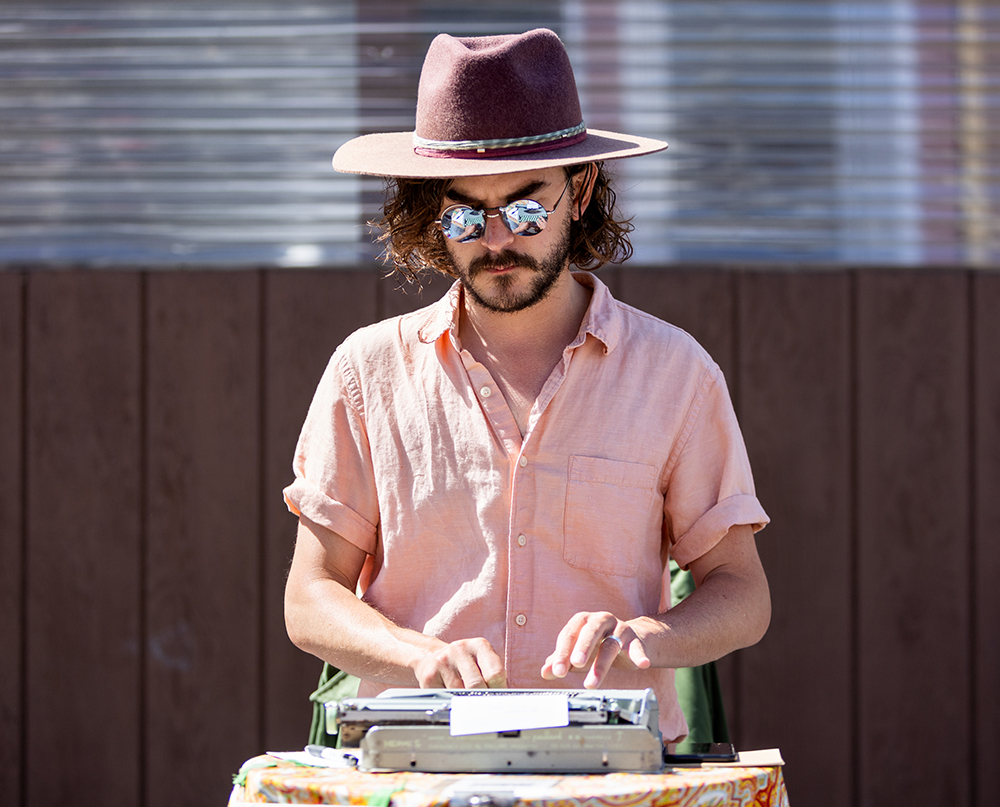
©Jack Weaver, Ben Bernthal uses his typewriter to create poetry while set up at Clement Street Farmers Market. Berthal started Strangers’ Poems Project five years ago, where he sits on a street or in a park and invites people to share words in exchange for a poem. He finds that by writing poems for strangers, he’s not just expressing their story, but also his own. He is living his dream, he said, by making art for a living and feeling the sun on his skin.
Judy: Great answer, Jack! So, moving onto Hearst—in terms of your story, can you talk a little bit about the prompt and then how you found your story and tell us a little bit about the story, and why you chose it?
Jack: Yeah. I wish I had a better answer for this, because my story did not work out very well. But our prompt was something along lines of, “In post pandemic America, celebrate individual expression and reveal the California Dream in 10 to 15 photographs.” The judges wanted to give us something more light-hearted and to celebrate someone. They said, you know, after a couple years of so much code coverage and so much deal with Kobe they kind of wanted to give us something that could be more lighthearted and kind of celebrating someone.
I tried doing a lot of research ahead of time, reaching out to people—I probably sent out 40 emails and the same amount of DMs and private messages, and I didn’t hear back from anyone. So, when I got there, I started roaming the streets looking for someone doing something interesting.
Which now, if I had one piece of advice coming back, it’s that you have to find someone ahead of time.
If I would have had someone that had agreed to doing it and knew what I was doing ahead of time, I would have been much better off. But I eventually found a street performer who was a one man band sitting on the pier. And I went up to him and I asked if I could stick with him for a couple days and just tell his story and do photographs and he said, Sure, why not?” and I was like, “Okay! That’s the answer I need!” So, I followed him for a bit and got some photos of him performing and interacting with people on the streets, and then I followed him to his car, taking the subway system— got him going on the public transport system. His name was Brian. Unfortunately, the next day he didn’t want me to come and shoot anything, so I had to change things up, because I was going to lose the whole day without him.
In hindsight, I should have just eaten that day, not worried about shooting that and gone out shooting for fun and then came back to him later in the day, because I think I could have put enough together to tell his story. But instead, I resorted to doing a photo essay on people expressing themselves on the streets of San Francisco.
Judy: I mean that sounds like a great idea to me.
Jack: Yeah, so that’s the photo essay I resorted to doing rather than sticking with doing the photo story on Brian. I shot a bit of that the next couple days and that’s what I ended up doing.

©Jack Weaver, Juan Miren sells a pair of handmade earrings to customers on a busy day on Jefferson Street at Fisherman’s Wharf. Miren said being a street vendor allows him to express himself and live the way he likes to live. This became painfully difficult during the pandemic, he said.
Judy: So started off saying you didn’t feel like you were very successful. Is that true because it seems like you did pretty well?
Jack: I don’t know. I wished I would have placed in the top three so in that sense I didn’t achieve what I was going for, but nonetheless, it was a very cool experience. Working with the other finalists and the judges was priceless.
Judy: What was your main takeaway from the experience?
Jack: I think one of the big main takeaways was when you’re working on a story, really look at it from so many different angles and really try to work it in a way that’s going to work for you. you know after I found out that he couldn’t shoot Sunday, I figured the story was done for.
Judy: And what would that have looked like?
Jack: He still wanted to work with me because when I saw him a day later, he offered to work with me again but by that time, I was already into the other idea so I didn’t feel that would have been a good idea. But in hindsight, I would have worked it differently.
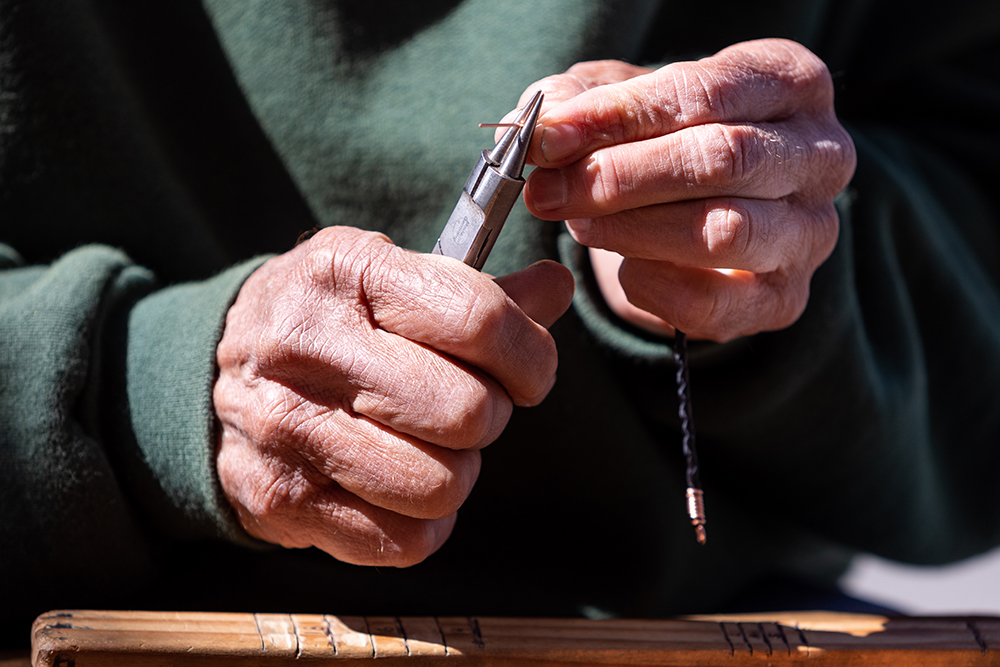
©Jack Weaver, Juan Miren uses a pair of pliers to twist wire while creating a bracelet. Miren learned to make jewelry from people on the streets, and he says he feels an obligation to give back to the streets by teaching others.
Judy: What about your overall experience with the event?
Jack: It was an incredible experience! it was so cool being in a city that I had never been to before and being treated very well by the program with all of the fancy dinners and all these very incredibly talented students from across the country. Just connecting with other people, talking to them about their work would have made it worth it. The photo finalists—we all became pretty good friends and they’re all extremely talented so it was very cool working with them. When it came to doing edits, we would help each other and go through each others’ images even though we’re all competing for the same prizes. But we didn’t really care about that, we just wanted to learn from each other and help each other do our best work.
And it was pretty stressful—the stakes were high. We were all the way across the country to put together a photo story in a city I’d never been to—so it was very stressful. We had a debriefing with the other finalists and the judges where they went over our work, because we didn’t have time to do that and we were all talking about how incredibly stressed we were the whole time and there are breakdowns and all sorts, you know, just from the high intensity of of producing a story that’s worthy for this kind of contest.
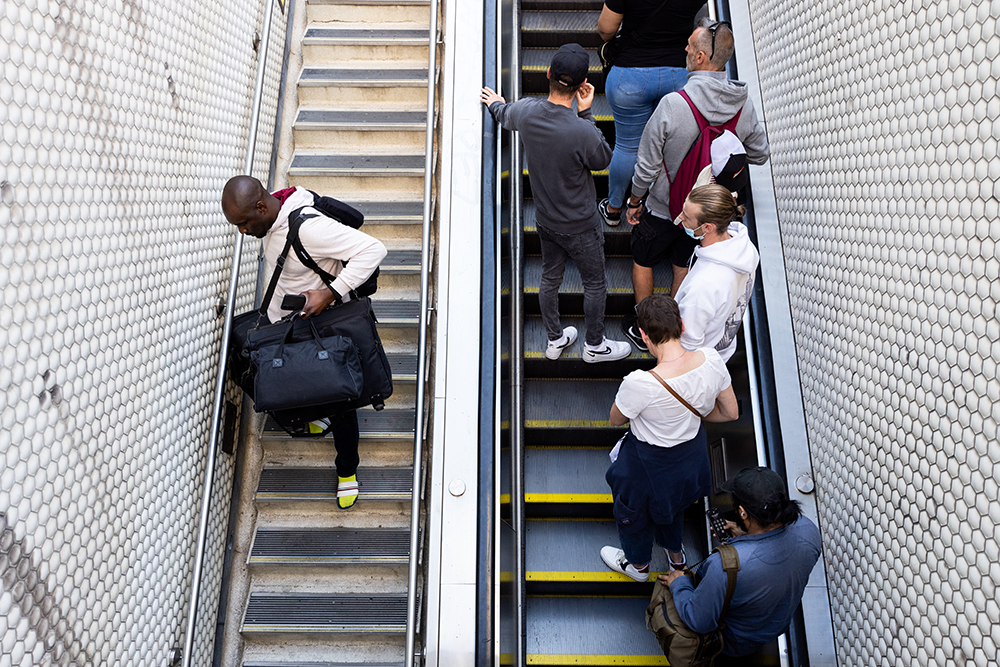
©Jack Weaver, People travel up an escalator and down a flight of stairs at the Montgomery Street subway station. Beneath the streets, the subway connects people across the San Francisco area.
Judy: I am sure it was! So, you’re going to be a rising junior, is that right? What do you think you’re going to be doing after you graduate? What’s your goal?
Jack: Yeah. This is something that I call my mentors about or that David Stephenson and I have been talking about a bit and I’m not exactly sure.
Becoming a staff photojournalist for local paper—I think that’d be really cool and that’d be most similar to what I’m used to doing at the Kernel. But part of me would like to explore the business side of photography in terms of owning my own media agency. I’ve worked with businesses to produce media for their company for their advertising and for their promotions and for their brand—so part of me thinks that’d be very cool—even in terms of real estate photography. My major is actually his business and I have a minor in journalism because we don’t have a dedicated photojournalism degree.
Judy: Very smart of you, by the way, to have a variety of options to work towards. What advice would you give to someone coming into college who’s interested in photojournalism? What would you tell your younger self as you were coming into college?
Jack: I think the advice I would give is to take opportunities that might not be so attractive to you—that you don’t think you’d enjoy. Step outside your comfort zone and find events and stories to photograph, because that will really help diversify not only your portfolio, but your experiences. Find stories that aren’t so obvious that aren’t being pitched by the editor that you know they need for print next week. Be working on stuff on the side—wake up at 5am and go shoot the sunset over the hills of Kentucky—stuff like that, because I think that that’s really going to help you diversify yourself and that’s something that I personally haven’t had a lot of time for. My goal in the next two years of being a student at UK is to create work that’s going to be impactful and that’s going to diversify my portfolio. I don’t need to shoot another million football photos. Even stuff that’s going to help the business aspects that I might be interested in, I’m going to contact a real estate agent and see if I can shoot a house.
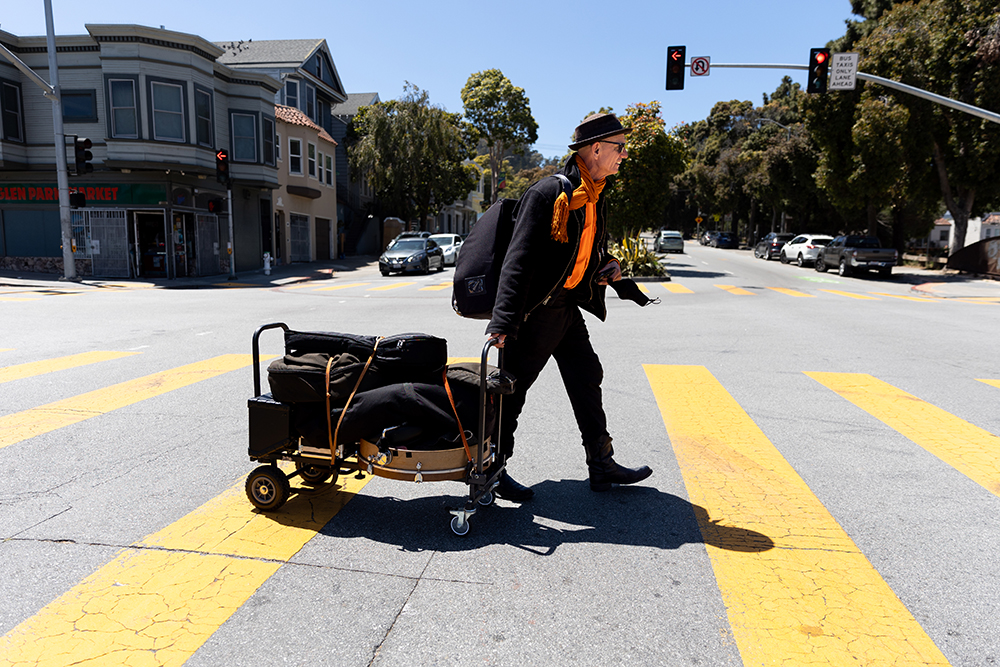
©Jack Weaver, Brian Belknap crosses Bosworth Street after taking the subway home from a long morning of playing music at Ferry Plaza. Although he enjoys the streets of San Francisco, he dreams of returning to his home in New Orleans to play music on Bourbon Street.
Judy: Is there a certain thing that you love shooting more than others, or is it all interesting for you?
Jack: The thing that I enjoy shooting the most is breaking news—and things that are quick in the moment. I also love student sports. I love being there to create an image that people are hearing about.
When I was a when I was with Robert Cohen, he actually took me down to Ferguson and showed me some of the places i’ve seen in his photos. He showed me where he had to park. He walked for miles with his gear and eventually had to call the office to retrieve his car because he wasn’t going to make it back until past sunrise. I was interested in seeing what he went through to capture what they did during the intensity and the violence they faced as people presenting themselves as journalists—hearing from him what went into that whole (Pulitzer Prize-winning) story.
Judy: I hope that you understand why people were so angry with the role journalism has played in supporting racism in our country over the years— whether directly or indirectly by ignoring the issues facing marginalized communities and only covering these communities in a very one-sided way. That’s something that I hope that incoming journalists understand and will help fix going forward. It’s really our duty as journalists to be fair and to try and seek the heart of the matter—not just the police department’s side, or the government’s side, or the politician’s side—but the people’s side, as well.
So is there anything I haven’t asked.
Jack: No, I don’t think so. You covered all the bases.
Judy: I can’t thank you enough for your time! And again, congratulations!
MSU J-School Associate Director and Professor of Practice Judy Walgren is an award-winning photographic artist, teacher, photo editor, curator and writer. received her MFA in Visual Art from the Vermont College of Fine Art in January 2016 where she began her exploration into the disruption of historic visual archives. From 2010 to 2015, she was the Director of Photography at the San Francisco Chronicle, where she managed a staff of visual content producers, photo editors and pre-press imagers for print and digital platforms. During her tenure at the Chronicle, her team won multiple Emmy Awards for their multimedia pieces and they earned Photo Editing Team of the Year from Best of Photojournalism. She has also worked for the Denver Post, The Rocky Mountain News and the Dallas Morning News. Walgren received a Pulitzer Prize for International Reporting with a team from the Morning New for their series dealing with violent human rights against women. She lives in San Francisco.
Follow Judy Walgren on Instagram: @judywalgren
Posts on Lenscratch may not be reproduced without the permission of the Lenscratch staff and the photographer.
Recommended
-
The International Women in Photo Association Awards: Lorraine Turci: The Resilience of the CrowMarch 16th, 2024
-
The International Women in Photo Awards: Natalia Garbu: Moldova LookbookMarch 15th, 2024
-
The International Women in Photo Association Awards: Rayito Flores Pelcastre: Chirping of CricketsMarch 14th, 2024
-
The International Women in Photo Association Awards: Alena Grom: Stolen SpringMarch 13th, 2024
-
The International Women in Photo Association Awards: Louise Amelie: What Does Migration Mean for those who Stay BehindMarch 12th, 2024


